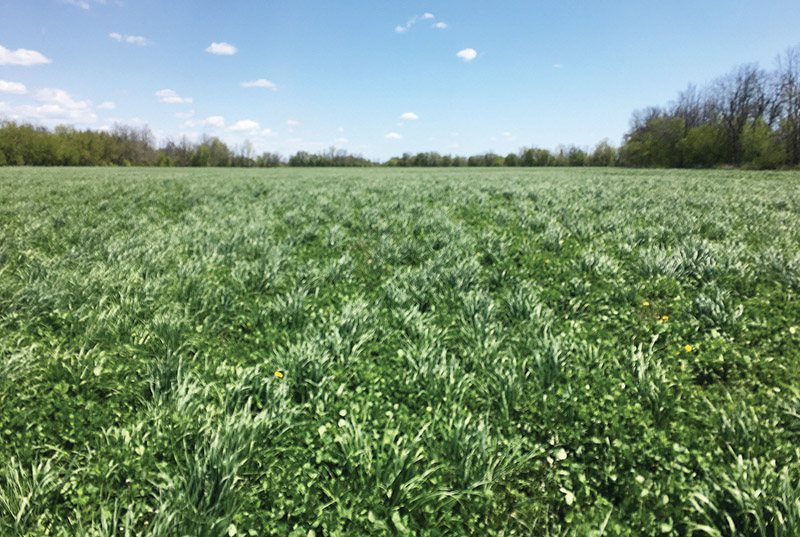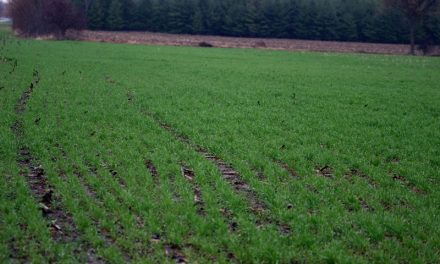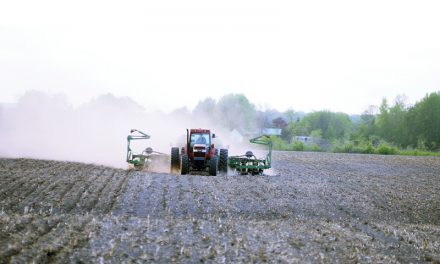We need to be assessing the maturity of both legumes and grass in mature stands and estimate the ADF content prior to chopping in order to optimize its quality. Courtesy Photo
By Jakob Vogel B.Sc (Agr.)
AgriNews Contributor
As #plant21 ends, many producers and consultants are looking forward to #hay21. Hay fields are the same as milking herds, in the fact that behind a computer, it can be very easy to make assumptions and recommendations, but without actually walking through and examining what is present – we can make mistakes that will have long lasting repercussions.
With the chopping of fall rye in full force, we have started walking perennial hay fields looking at when it will be appropriate to chop and start making the 2021 forage! Although the maturity is different for each region, the reality is the same, we have to balance high quality with adequate fibre in order to make sure animals are healthy and we maintain efficiency within the diet.
When scouting hay fields, there are a few points that should be kept in mind to optimize your forage stand.
What is in my stand?
With perennial fields of hay crops, winterkill can often create a difference between what was planted and what is actually left over in the stand. Although this winter left us with very healthy hay fields, we cannot take for granted that the pure legume stand that was planted last year is what is actually in the field today. Not only can this assumption disappoint you when sample analysis come back, but it can also lead us to missing our shot of making high quality first cut haylage.
What is the maturity of grasses?
Although different species of grass mature at different times and at different rates, it is important to know what stage of development the grass portion of the stand is at. For most grasses, the optimal harvesting target is at boot stage, prior to heading. Now, small-grained cereals can be another discussion altogether, however when focusing on perennial grasses the rule of thumb stands true.
When walking and assessing grass in the hay stands, it is important to not only evaluate orchard grass (unless this is the only grass in the blend). Due to Orchardgrass’s early maturity, many producers will use this as a benchmark for harvesting time. The concern or reliability of this will be based on the amount of orchardgrass in the stand.
What is the Maturity of Legumes?
Legumes are typically used in high amounts throughout perennial forage stands to bring high quality protein to the diet of the animal. Although true, we often neglect the impressive physically effective fibre that comes along with correctly harvested and chopped legume silage. In order to optimize legume silage, producers should be aiming for late bud to early bloom (less than 10% flowers). With this, producers can harvest not only high-quality protein but also high-quality digestible fibre that will ensure the diet does not become over loaded in degradable or soluble protein.
Volume versus Quality
“Do I aim for volume or do I aim for quality?”
Typically speaking, aiming for the sweet spot between maximum “quality” and maximum volume is where we can optimize both parameters for forages. With that, Mother Nature will have the final say. Depending on the current inventory status of the farm, the pressure that Mother Nature puts on us will change.
So, in short, aiming for quality or volume is not a compromise but a target for seeking the best of both worlds. With proper management, scouting and always asking questions producers will be able to achieve high quality yields.













